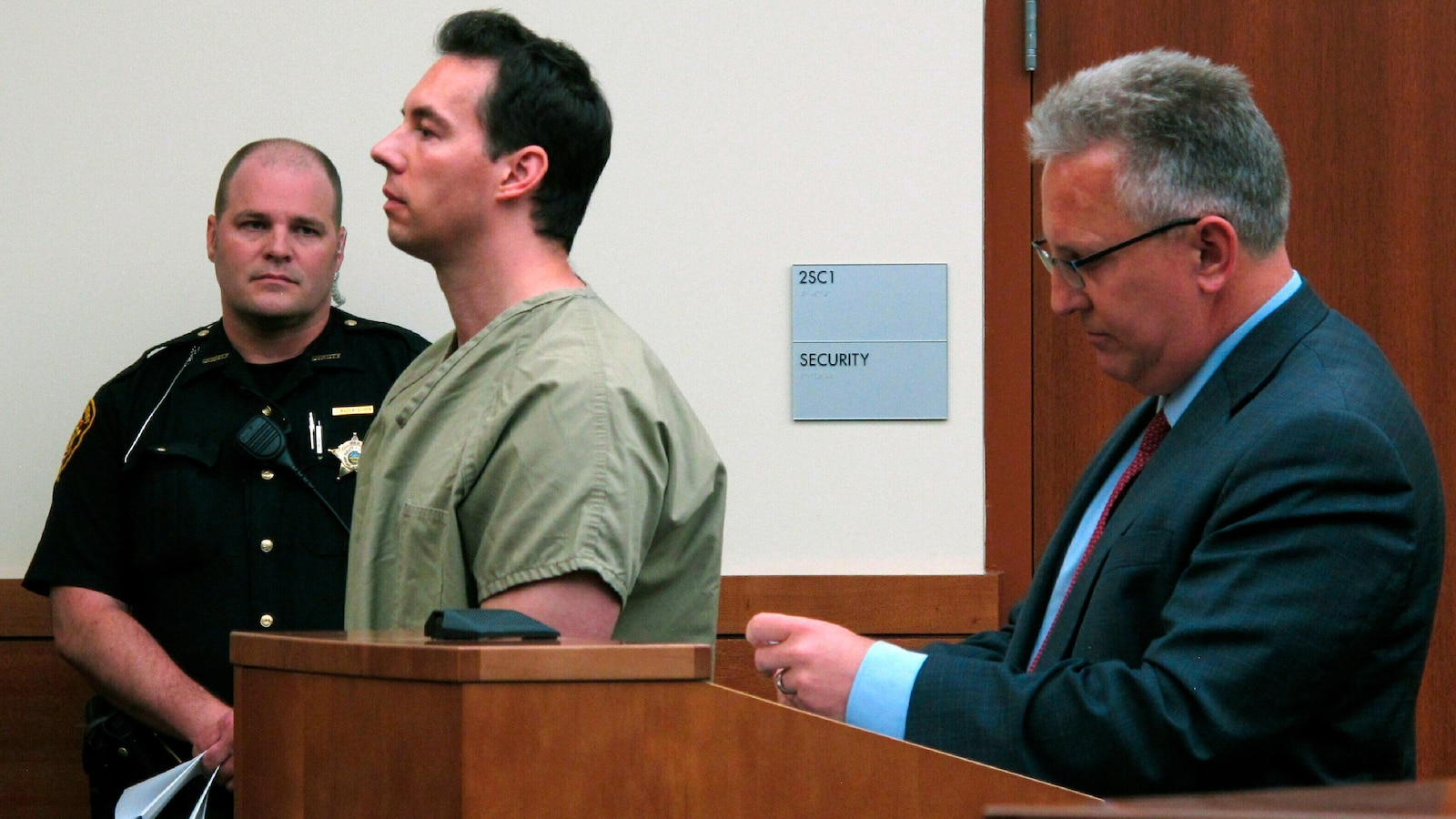COLUMBUS, Ohio — A former Ohio doctor who was fired before being found not guilty on murder charges in the deaths of 14 patients lost a defamation lawsuit against his former employers on Monday, after a judge stepped in for a jury on grounds the evidence presented by the defendants was incontrovertible.
Franklin County Judge Stephen McIntosh issued his directed verdict against former doctor William Husel, whose attorneys accused Michigan-based Trinity Health and Mount Carmel Health System in Columbus of orchestrating a campaign to destroy his reputation.
Husel was seeking more than $18 million from the health care companies.
His attorney, David Vermillion, said in a statement that Husel’s legal team was disappointed that McIntosh would prevent the jury from making a decision in the case after weeks of evidence and testimony had been presented. He said issuing the directed verdict, a procedural move requested by the hospital, “effectively silences the voices of those who came seeking justice.”
“This is not the outcome that any reasonable person expected, nor is it one that reflects the strength of the evidence presented,” he said. “We are evaluating all legal options, including appeal. This case has always been about more than one courtroom or one ruling. It is about truth, accountability, and the right of every individual to defend their name against false and damaging accusations.”
Mount Carmel issued a statement that said simply, “We are pleased with the judge’s decision.”
Mount Carmel Health System fired the doctor in 2018 after it concluded he had ordered excessive painkillers for about three dozen patients who died over several years.
He initially was charged with murder in 25 deaths in one of the biggest cases of its kind ever brought against a U.S. health care professional. Eleven counts were dismissed before trial.
Husel, now 49, maintained he was trying to help patients deal with their pain, sometimes in the last moments of their life, not speed up their deaths. Despite being found not guilty by a jury on murder charges in 2022, he permanently surrendered his medical license.
He filed multiple lawsuits against his former employer, accusing Trinity Health and Mount Carmel of defamation and malicious prosecution.
As part of the defamation lawsuit filed in 2019, Husel’s attorneys said Trinity Health repeatedly spread lies and false information to convince the public and law enforcement that Husel was a killer, even though health system officials knew that was not true.
“Obviously, these false allegations destroyed Dr. Husel’s life,” the lawsuit said. Husel gave up his medical license because his lawyers said that he knew the damage to his reputation would prevent him from working as a doctor.
In court documents filed two years ago, Husel said he had been unable to find work and was diagnosed with post-traumatic stress disorder and depression.
Trinity Health had asked a judge to toss the lawsuit, but a Franklin County judge ruled there was enough reason to move forward.
Husel, who worked in the intensive care unit, was charged in cases that involved the use of at least 500 micrograms of the powerful painkiller fentanyl. Prosecutors said ordering such dosages for nonsurgical situations indicated an intent to end lives.
His colleagues who administered the medications at Mount Carmel West Hospital in Columbus weren’t criminally charged, but the hospital said it fired 23 nurses, pharmacists and managers after its internal investigation and referred various employees to their respective state boards for disciplinary action.
The hospital reached settlements in multiple cases involving relatives of the patients who died.
___
Seewer reported from Toledo.
